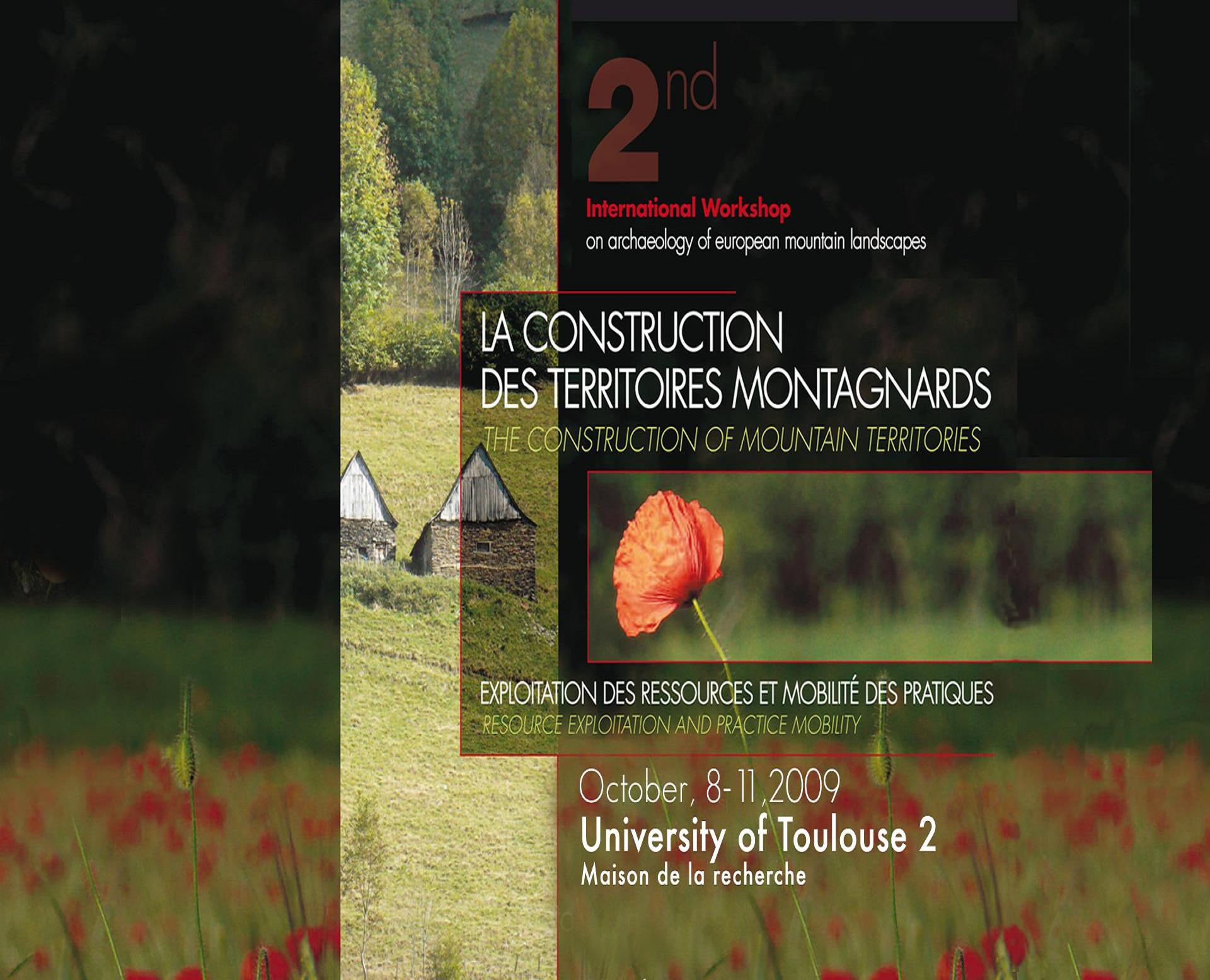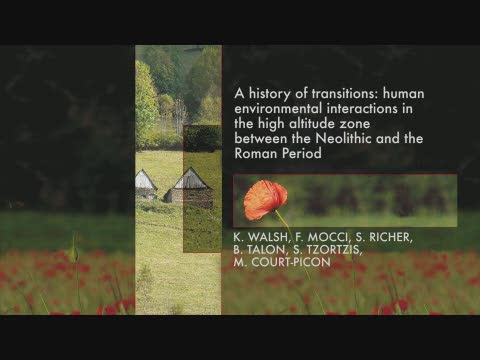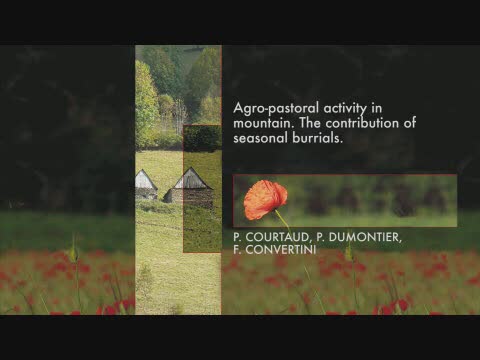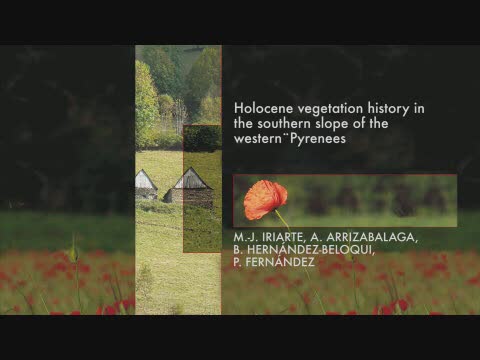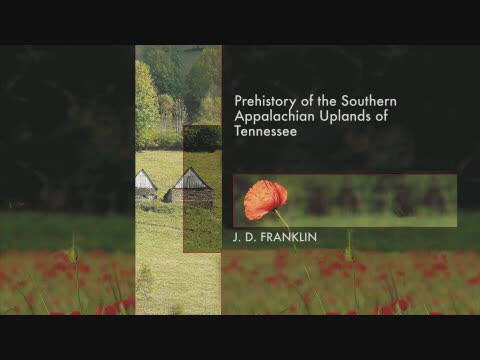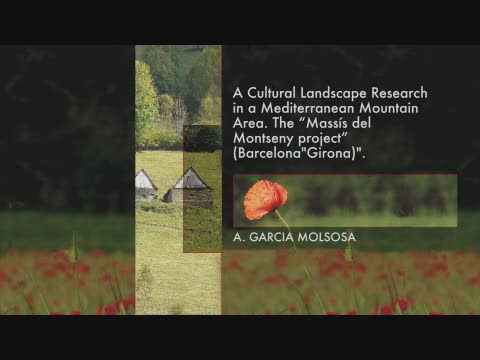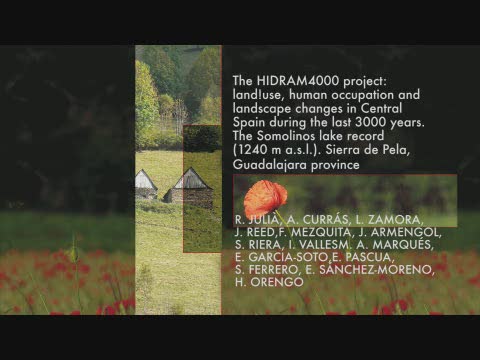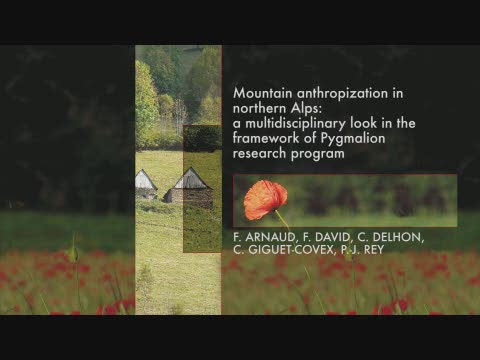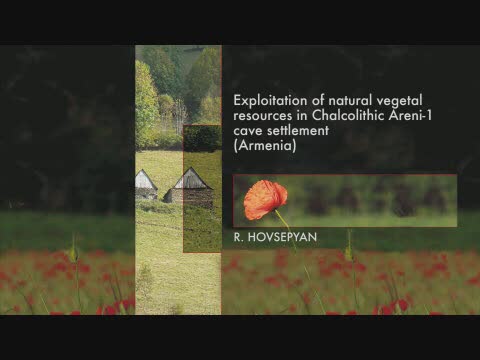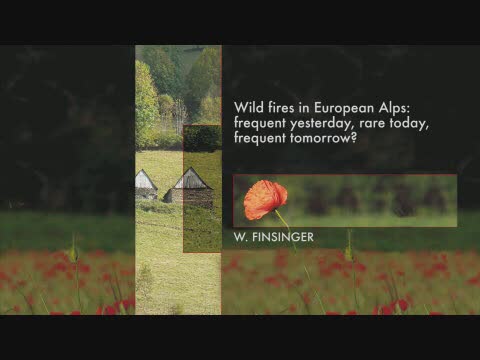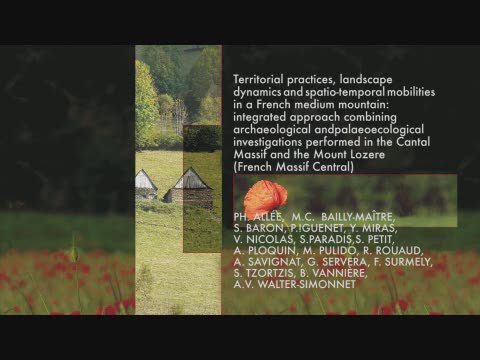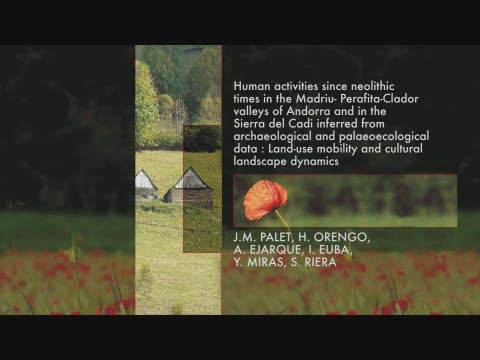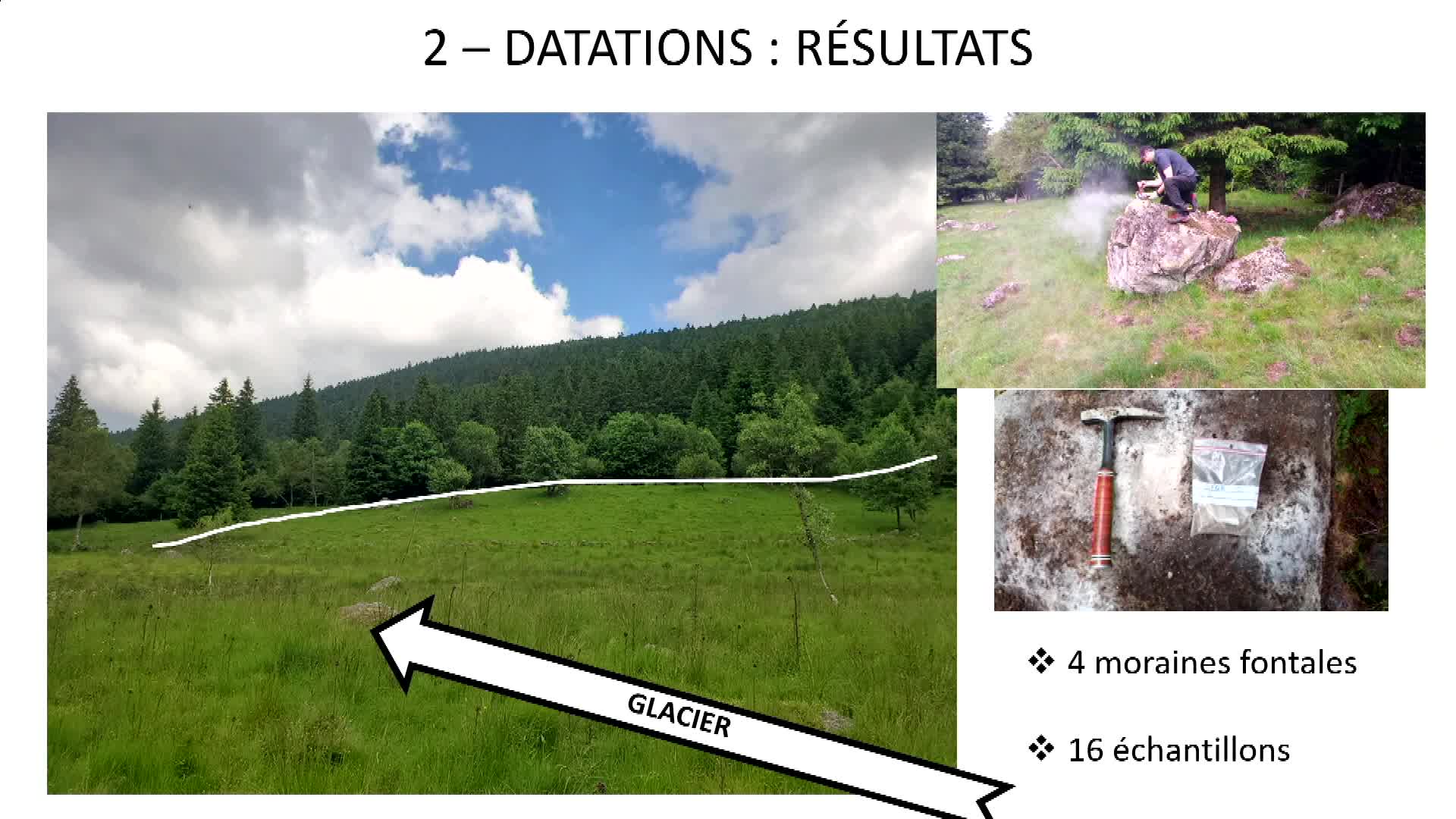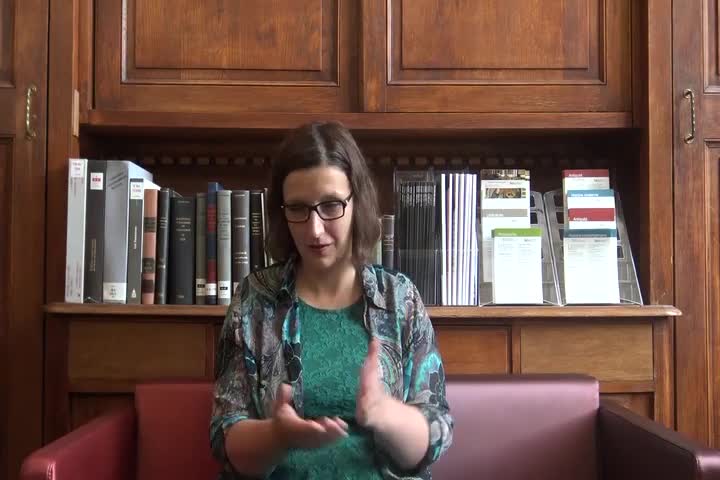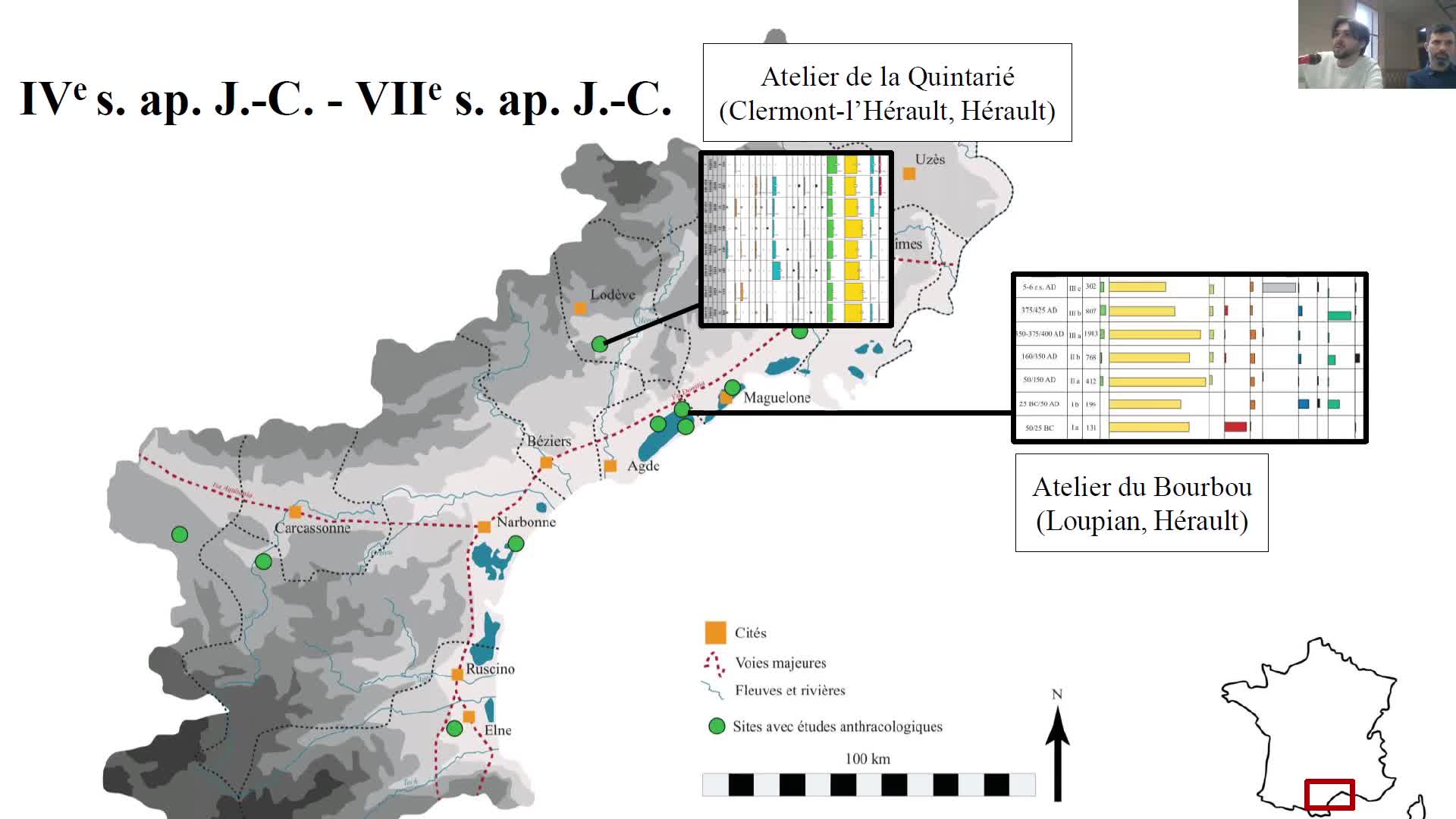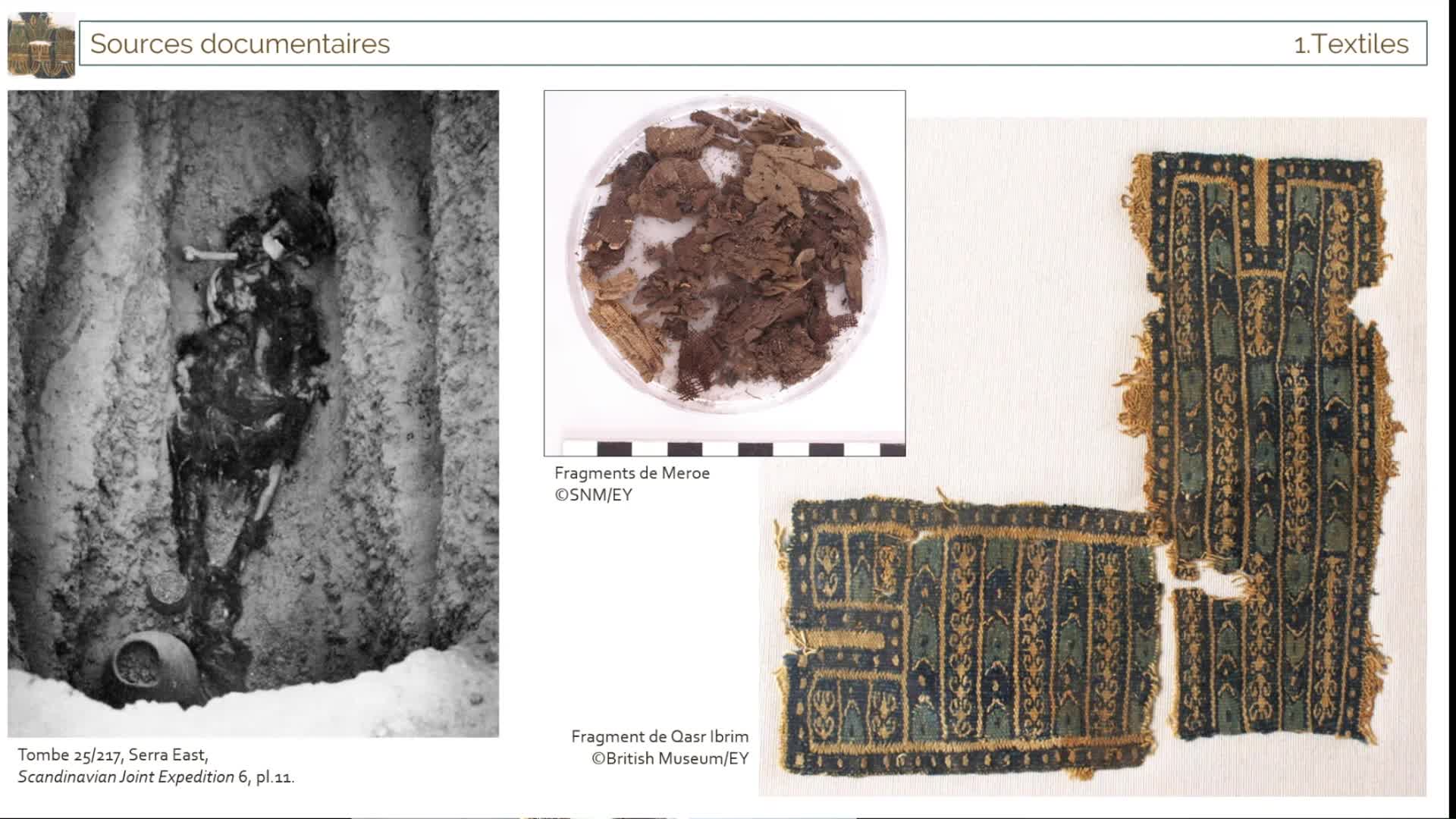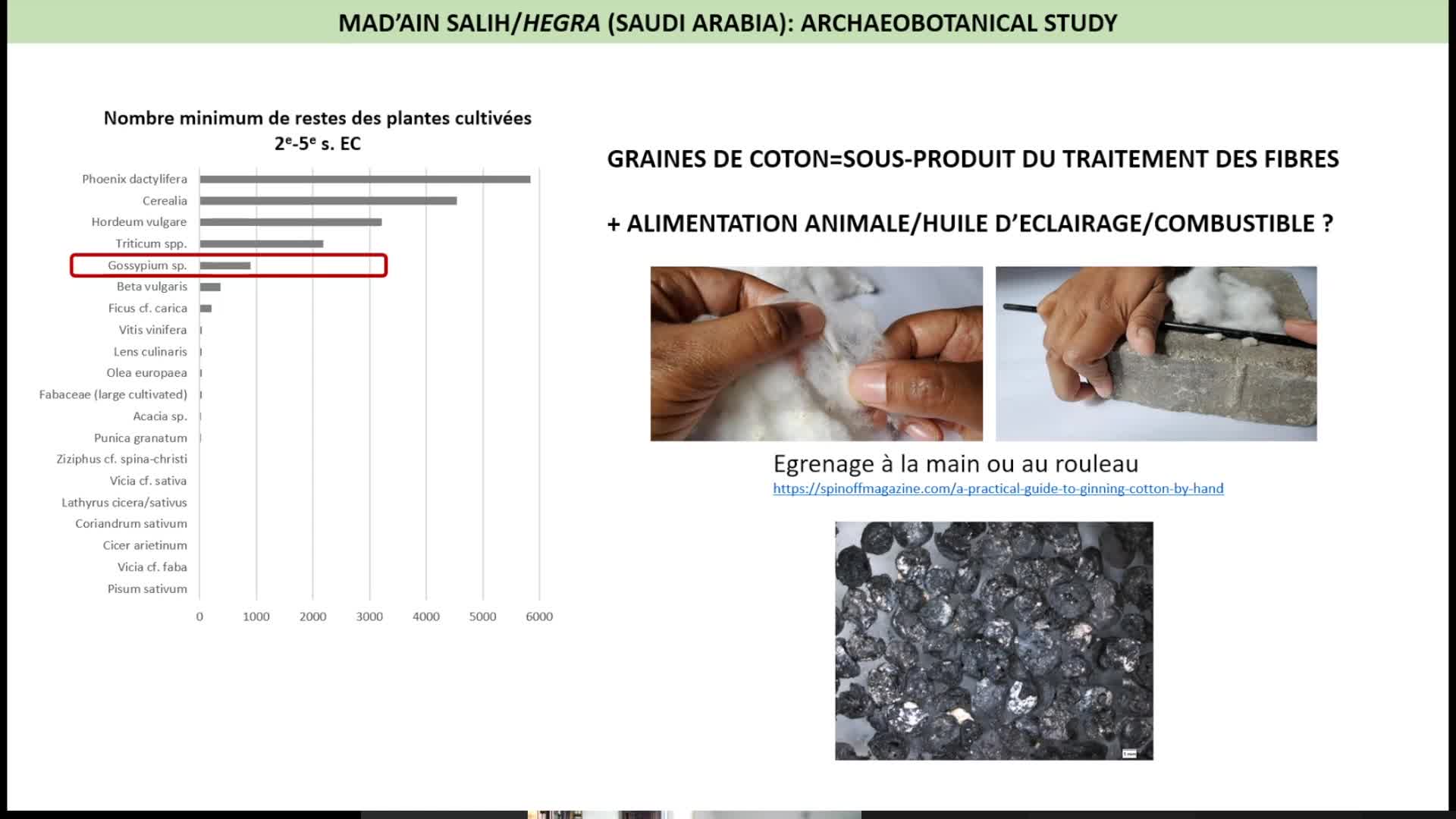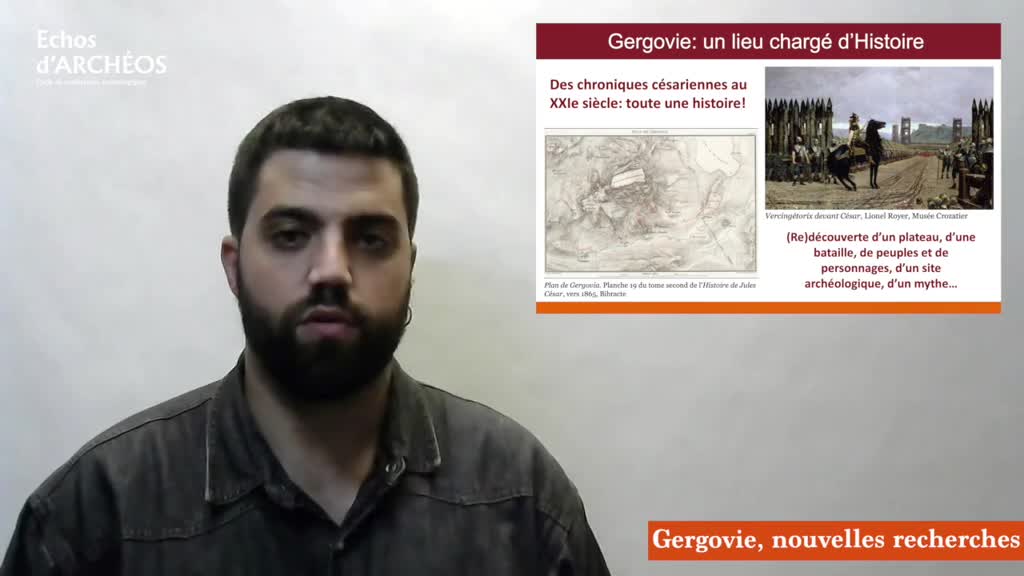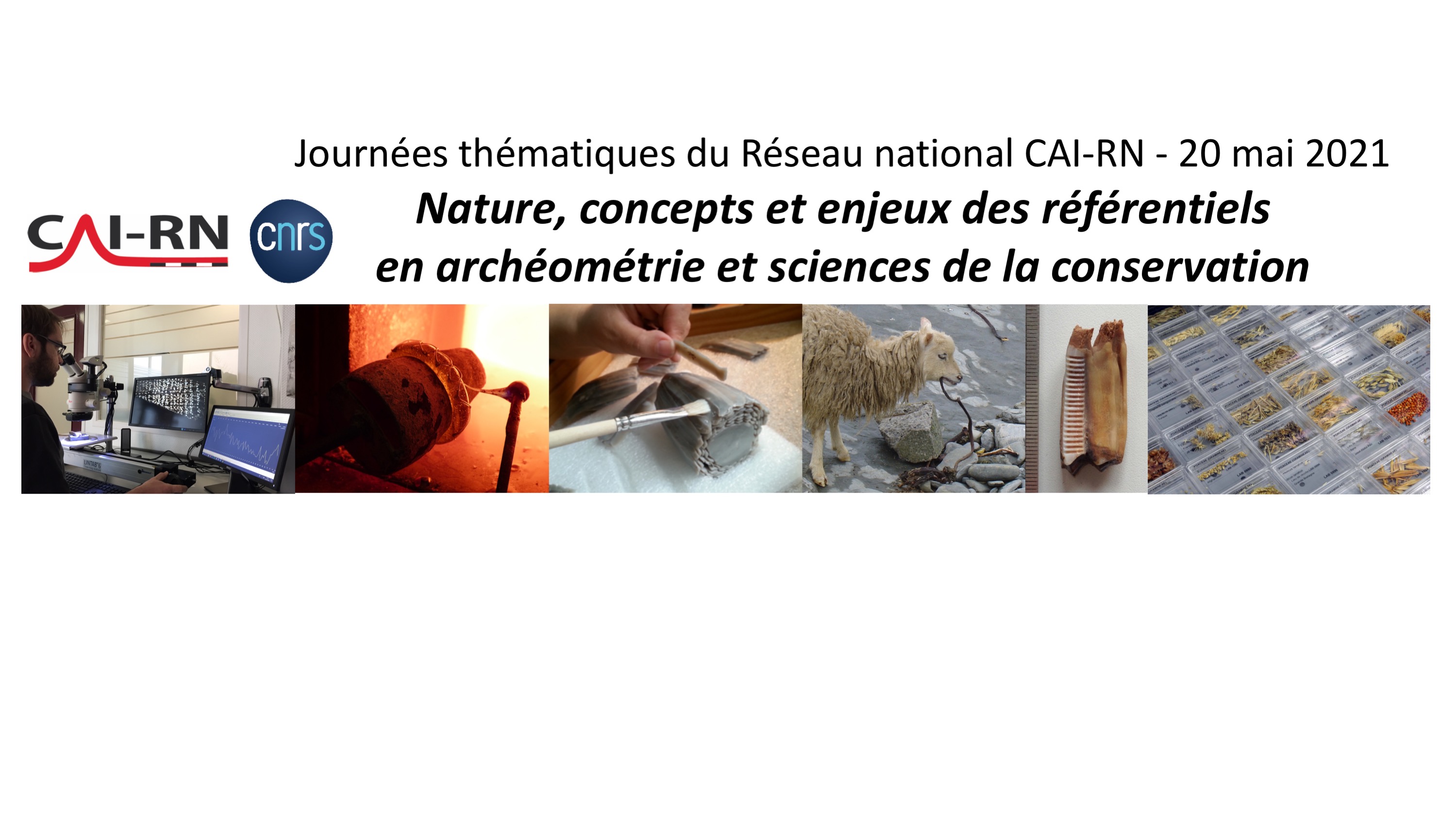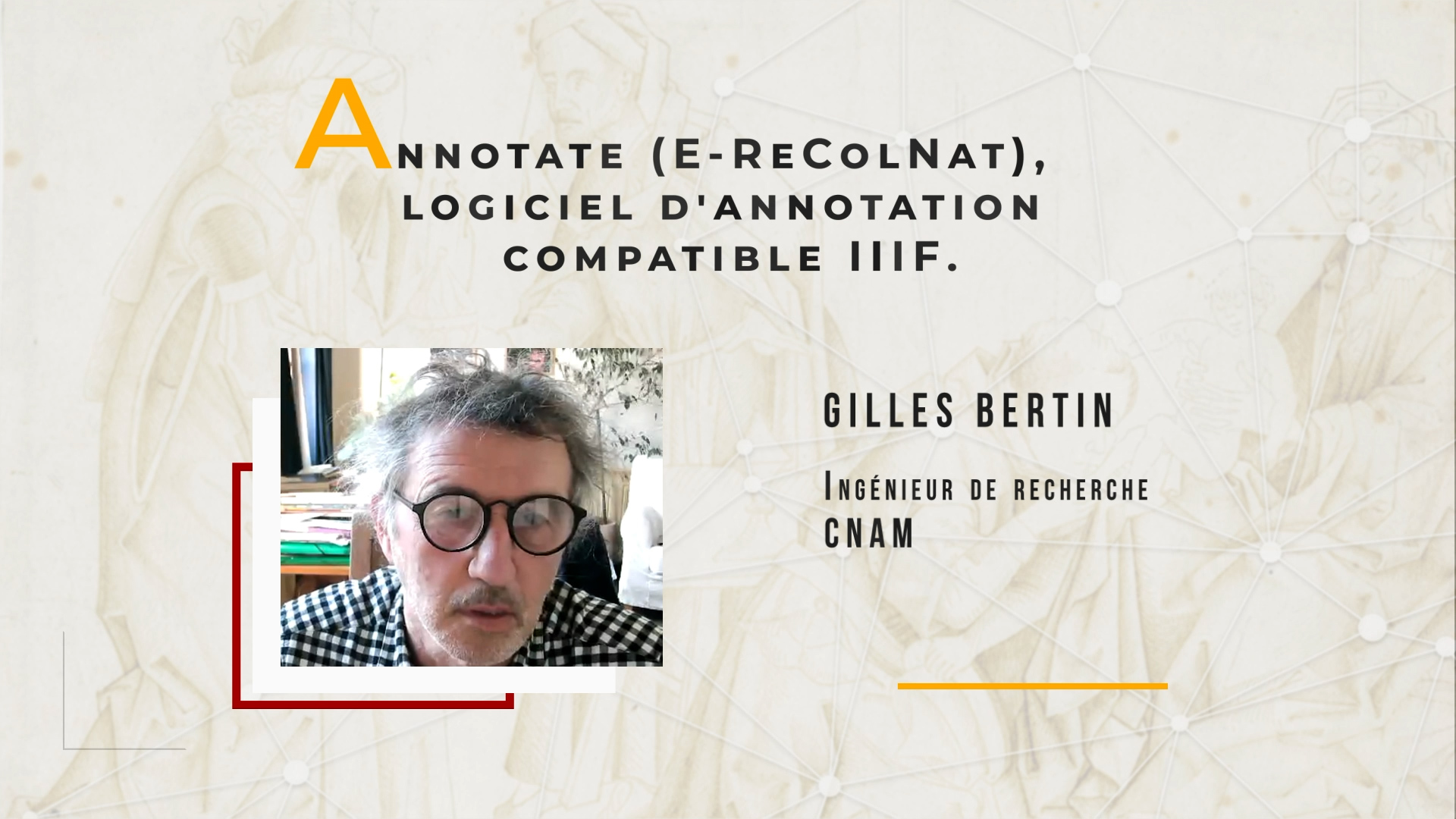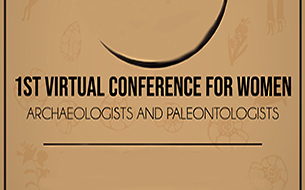Notice
Environmental archaeology of post-medieval terraced chestnut groves sites / C. Molinari, AM. Stagno
- document 1 document 2 document 3
- niveau 1 niveau 2 niveau 3
Descriptif
Environmental and rural Archaeology of post-medieval terraced chestnut groves sites in NW Italian Mountains. MOLINARI, Chiara ; STAGNO, Anna-Maria (Laboratorio di Archeologia e Storia Ambientale, Dismec-Dipteris, Università di Genova). In Colloque "La construction des territoires montagnards : exploitation des ressources et mobilité des pratiques", organisé par les laboratoires GEODE, FRAMESPA, GEOLAB et Chrono-Environnement. Université Toulouse 2-Le Mirail, 8-11 octobre 2009.
A series of spatially and temporally precise studies were undertaken in the Ligurian Apennines, Northern Italy, with the aim to document the post"medieval archaeology of sweet chestnut plantations in different sites (Lagorara, Lemmen, Perlezzi, San Rufino). Chestnut groves investigations have been developed recently on a special research project devoted to “Les paysages de l’arbre hors foret: multi : valorisation dans le cadre d’un développement local durable en Europe du sud”, funded by the French Ministry of Ecology and Sustainable Development and carried out by the Universities of Genoa (Italy), Toulouse (France) and Granada (Spain). The reconstruction of past management practices and the interpretation of change factors in the study of historical processes and functions of chestnut plantations is the main focus of this contribution. The most important aim is to point out the differences between the discussed case studies and the different sources employed (historical cartography, archaeobotany, archaeological and oral sources). Perlezzi (Borzonasca, GE) site is an irrigated terraced sweet chestnut grove connected with a water management system having a continuity of use at least since late 17th c., as shown by archaeological evidences. Archival documents testify the presence of sweet chestnut groves in this area since the medieval period, but archaeological surveys date the construction of the terraces system since the end of 17th c. and "for the moment" do not permit to identify different utilizations. In this case, more information about the past management practices of environmental resources of the area could be reached with the help of archaeobotanical data. In San Rufino (Leivi, GE) site the study of archival and field evidences documents a particular practice of co-plantation of sweet chestnut grove with black alder, spread in Entella River basin, since late 18th until the half of 20th c. Lagorara (Maissana, SP) site is a terraced sweet chestnut grove planted after the second half of the 19th c on a wooded meadow pasture. In this case study, the question about whether a particular management practice of environmental resources (like the planting of small sweet chestnut groves) can be detected in pollen and microcharcoal diagrams is discussed. Of particular interest are the results of the palynological analysis of a terraced soil profile matched with historical ecology information. In Lemmen (Riomaggiore, SP) site, located in the Cinque Terre Natural National Park, the employment of different sources allowed to reconstruct the regressive history, until the first half of the 19th c., of a rural landscape characterized by grazing areas with a chestnut wooded meadow system developed into a cultural landscape of coast winter pastures of a transhumance system. A system more complex than the present one characterized by olive and vine terraces.
Intervention / Responsable scientifique
Dans la même collection
-
La construction des territoires montagnards : exploitation des ressources et mobilité des pratiques…
GalopDidierThe occupation and the exploitation of mountain environments, both during conquest and maximum demographic phases, or on the contrary, during desertification phases, differ in geographical
-
Human environmental interactions in high altitude zone between Neolithic and roman period / K. Walsh
WalshKevinA History of Transitions : human environmental interactions in the high altitude zone between Neolithic and roman period. Kevin WALSH. In "La construction des territoires montagnards : exploitation
-
L'agro-pastoralisme en milieu montagnard : l'apport des sépultures saisonnières / Patrice Courtaud
CourtaudPatriceL'agro-pastoralisme en milieu montagnard : l'apport des sépultures saisonnières. Patrice COURTAUD. In "La construction des territoires montagnards : exploitation des ressources et mobilité des
-
L'évolution végétale holocène sur le versant sud des Pyrénées occidentales / Maria-José Iriarte
IriarteMaría JoséL'évolution végétale holocène sur le versant sud des Pyrénées occidentales. Maria José IRIARTE. In "La construction des territoires montagnards : exploitation des ressources et mobilité des pratiques"
-
Prehistory of the Southern Appalachian uplands of Tennessee / Jay Franklin
FranklinJay D.Prehistory of the Southern Appalachian uplands of Tennessee. Jay FRANKLIN. In "La construction des territoires montagnards : exploitation des ressources et mobilité des pratiques", 2e International
-
A cultural landscape research in a mediterranean mountain (Barcelona-Girona) / A. Garcia Molsosa
Garcia MolsosaArnauA cultural landscape research in a mediterranean mountain area : the "Massis del Montseny project" (Barcelona-Girona) / A. GARCIA MOLSOSA. In "La construction des territoires montagnards :
-
The Hidram4000 project : land use, human occupation and lanscape changes in Spain / A. Curras
Currás DominguezAndresThe Hidram4000 project : land use, human occupation and lanscape changes in Spain during the last 3000 years. The Somolinos lake record (1240 M A.S.L.) : Siera de Pela, Guadalajara Province. Andres
-
Mountain anthropization in Alps : a multidisciplinary look in the Pygmalion program / F. Arnaud
ArnaudFabienMountain anthropization in Alps : a multidisciplinary look in the framework of Pygmalion research program. Fabien ARNAUD. In "La construction des territoires montagnards : exploitation des ressources
-
Exploitation of natural vegetal resources in chalcolithic areni-1 cave (Armenia) / R. Hovsepyan
HovsepyanRomanExploitation of natural vegetal resources in chalcolithic areni-1 cave settlement (Armenia). Roman HOVSEPYAN ovsepyan, Roman. In "La construction des territoires montagnards : exploitation des
-
Wildfires in european alps : frequent yesterday, rare today, frequent tomorrow ? / W. Finsinger
FinsingerWalterWildfires in european alps : frequent yesterday, rare today, frequent tomorrow ?. Walter Finsinger. In "La construction des territoires montagnards : exploitation des ressources et mobilité des
-
Territorial practices, landscape dynamics and mobilities in a french mountain / P. Allée, Y. MIras
AlléePhilippeMirasYannickTerritorial practices, landscape dynamics and spatio-temporal mobilities in a french medium mountain : integrated approach combining archaeological and paleoecological inverstigations performed in the
-
Exploitation des vallées andorranes depuis le Néolithique/ J.-M. Palet Martinez, H. Orengo Romeu
Palet i MartínezJosep M.Orengo RomeuHèctor A.L'exploitation des ressources des vallées andorranes du Madriu-Perafita-Claror et de la chaîne du Cadi (Pyrénées orientales) depuis le Néolithique à partir des données archéologiques et
Sur le même thème
-
GLAMCE - Dater les paysages glaciaires du Forez : combinaison d’une technique low-tech (Marteau de …
RousselErwanAncrenazArthurArthur Ancrenaz et Erwan Roussel, membres de GEOLAB, présentent le projet GLAMCE.
-
Témoignage de Anca-Cristina Dan
DanAnca-CristinaGuérinAnaëlleDans le cadre de la préparation du 250e anniversaire de son ouverture au public, en décembre 2020, la Bibliothèque interuniversitaire de la Sorbonne (BIS) a mené une collecte d’archives orales afin de
-
Approvisionner le feu en bois. Regard anthracologique sur l’exploitation du Bois des Lens et les us…
VaschaldeChristopheChardonneau-HenneuseJulienApprovisionner le feu en bois. Regard anthracologique sur l’exploitation du Bois des Lens et les usages du combustible par les potiers de l’Antiquité tardive.
-
Au bon air des jardins. Géohistoire climatique des parcs et jardins urbains (18e-21e siècles), comp…
MetzgerAlexisLes parcs et jardins ont connu à la fois des métamorphoses et une certaine continuité de leurs fonctions écologiques (Mathis et Pépy 2017; Musée historique de Lausanne 2022).
-
Pour une archéologie textile en vallée du Nil
YvanezElsaSéminaire - Actualités des méthodes et terrains au Proche-Orient Ancien Thème 2022 : «Les technologies en archéologie » Séance du vendredi 25 mars 2022, consacrée à L’exploitation des végétaux :
-
Cotons en Arabie et en Afrique orientale
BouchaudCharlèneSéminaire - Actualités des méthodes et terrains au Proche-Orient Ancien Thème 2022 : «Les technologies en archéologie » Séance du vendredi 25 mars 2022, consacrée à L’exploitation des végétaux :
-
Alfredo Mayoral - « Gergovie : nouvelles recherches géoarchéologiques et paléoenvironnementales »
Le jeudi 16 septembre 2021, à 20h30, sur Facebook, Page Musée de Gergovie, Alfredo Mayoral, géoarchéologue, à l'Institut Catalan d’Archéologie Classique et à GEOLAB (UMR 6042 CNRS / UCA UNILIM), a
-
M. DJAMALI et M. MASHKOUR, Réflexions sur la contribution des coprolithes de hyènes modernes comme …
Réflexions sur la contribution des coprolithes de hyènes modernes comme référentiel pour les reconstitutions paléoenvironnementales. Morteza DJAMALI1, Marjan MASHKOUR2 1-CNRS, IMBE (morteza
-
Rendez-vous IIIF 360 - Gilles Bertin " Annotate (E-ReColNat), logiciel d'annotation compatible IIIF"
Gilles Bertin ingénieur de recherche au CNAM, présente le logiciel d'annotation "Annotate", compatible IIIF.
-
"Ouranopithecus macedoniensis" (late Miocene, Greece): analysis of mandibular fragments using …
IoannidouMelaniaOuranopithecus macedoniensis (late Miocene, Greece): analysis of mandibular fragments using 3D geometric morphometrics / Melania Ioannidou, in colloque "1st Virtual Conference for Women
-
What is shaping the brain? A perspective on brain size evolution in carnivorans / Margot…
MichaudMargotWhat is shaping the brain? A perspective on brain size evolution in carnivorans / Margot Michaud, in colloque "1st Virtual Conference for Women Archaeologists and Paleontologists. Nouveaux
-
A transdisciplinary approach to reconstruct the Nilotic socio-ecosystem in Luxor west bank during t…
NicatoreGiuliaA transdisciplinary approach to reconstruct the Nilotic socio-ecosystem in Luxor west bank during the Ptolemaic period (3rd-1st centuries BC.) / Giulia Nicatore, in colloque "1st Virtual Conference


